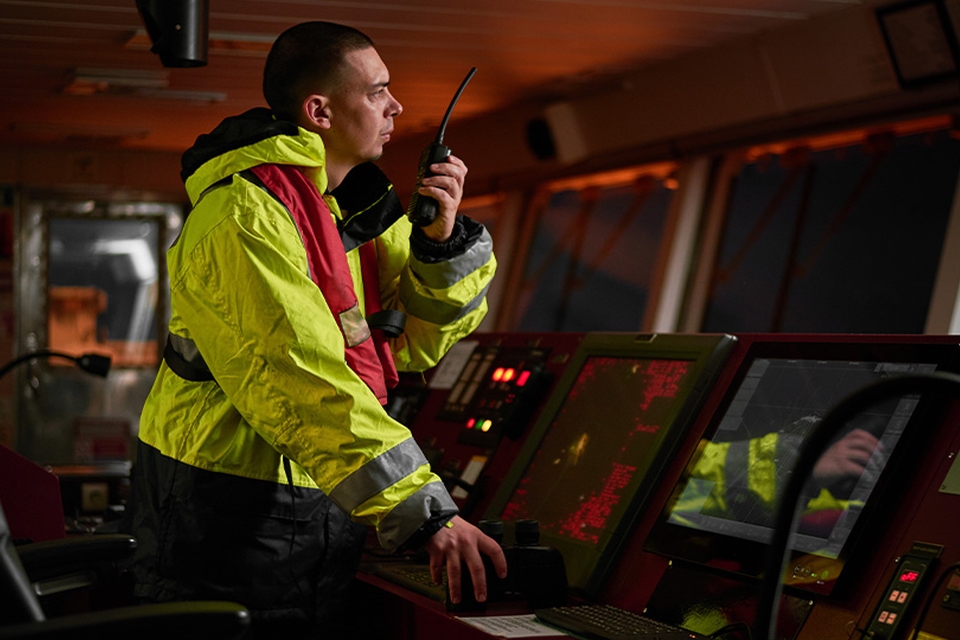DNV has launched a new drift prediction feature in its Emergency Response Service (ERS) to mitigate risks associated with disabled and drifting vessels. ERS uses digital tools that perform simulations to predict a drift path.
In addition to drifting vessels, the feature can also be used to predict the path of oil spills, a person in the water, a life raft, and floating containers.
Also read: DNV: Cross-industry collaboration can overcome “ultimate hurdle” of fuel availability for shipping
Shipping companies need to be able to determine the drift paths of floating assets, objects or spilled chemicals at an early stage after an incident so these can be plotted on their own navigational charts to plan a prompt and efficient response when time is of the essence. In many cases, efficient handling of such incidents is significantly increased by having access to a prediction of the associated drift path. DNV’s new drift prediction service therefore enables more efficient handling of incidents.
Trajectory modelling is made as accurate as possible by combining global and local sources for forecasted wind, waves and currents. Simulations can be re-executed at any time according to changes in conditions.
Watch a video about ERS drift prediction on the DNV website.
Picture by DNV.








